Introduction
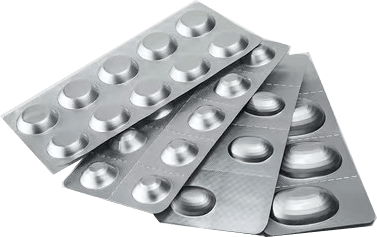
In the world of packaging, blister packs have become a staple, especially in the medical sector. These versatile containers rely heavily on effective blister pack adhesives to ensure that their contents remain secure and sterile. Understanding these medical packaging adhesives is crucial for manufacturers looking to maintain product integrity and enhance user experience.
Understanding Blister Pack Adhesives
Blister pack adhesives are the unsung heroes behind the protection of pharmaceuticals and medical devices. These specialized medical glues create a robust bond between the blister film and the backing material, ensuring that products remain intact until they reach consumers' hands. The right adhesive not only prevents contamination but also extends shelf life, making it a vital component in any effective packaging strategy.
The Rise of Flexible Lamination
As industries evolve, so do their packaging needs; this is where flexible lamination comes into play. This innovative approach combines multiple layers to create a lightweight yet durable package that can adapt to various shapes and sizes while maintaining product safety. The rise of flexible lamination has revolutionized how we think about blister packs, allowing manufacturers to explore new designs without compromising on quality or functionality.
Exploring Chemix’s Innovations
Chemix has been at the forefront of developing cutting-edge solutions in adhesive technology, particularly with its focus on water-based resins for blister pack applications. Their innovations offer unmatched performance while prioritizing sustainability—a critical factor in today’s eco-conscious market. By harnessing advanced formulations, Chemix ensures that their medical glue meets both industry standards and environmental expectations, paving the way for a greener future in medical packaging.
The Science Behind Blister Pack Adhesives
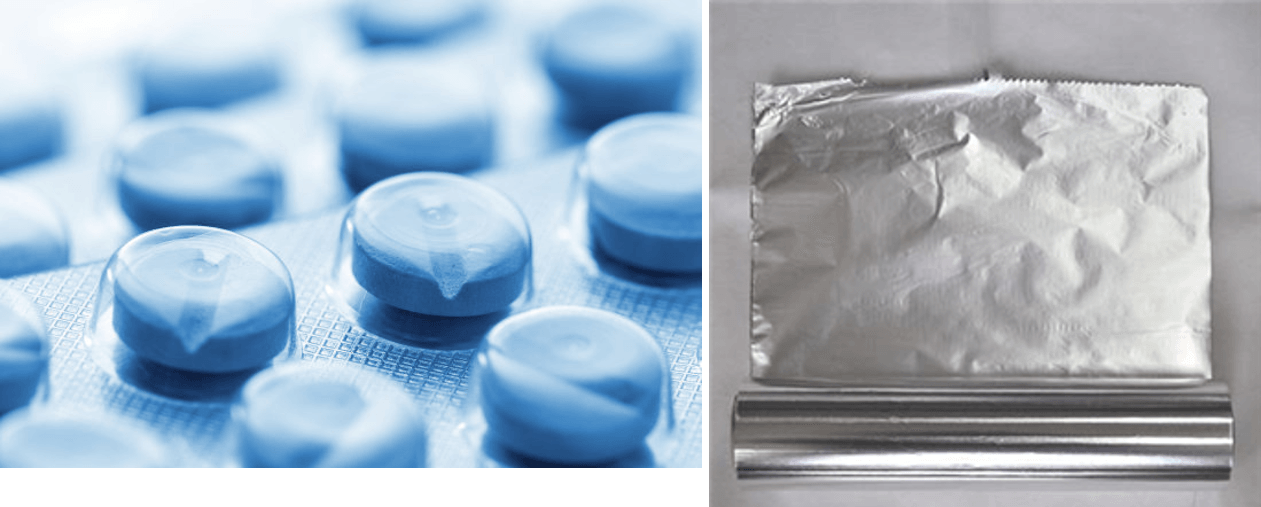
When it comes to medical packaging, blister pack adhesives are the unsung heroes of product protection. These specialized adhesives are designed to bond securely while ensuring that the contents remain safe and intact until they reach the end user. Understanding how medical glue works is essential for anyone involved in the production or distribution of blister packs.
How Medical Glue Works
Medical glue operates on a fascinating principle: it creates a strong bond through chemical reactions that occur when applied to surfaces. This type of adhesive is formulated to be safe for use with various materials, including plastics and metals commonly found in blister packs. By utilizing properties such as viscosity and curing time, manufacturers can tailor medical glue to meet specific application needs, ensuring optimal performance in sealing and protecting products.
The versatility of medical glue makes it an ideal choice for a range of applications beyond just blister packs. In fact, these adhesives can also be found in devices such as syringes and IV bags, showcasing their importance in maintaining sterility and integrity in medical packaging. With advancements in adhesive technology, the future looks promising for even more innovative uses of medical glue across diverse sectors.
The Role of Adhesives in Packaging
Adhesives play a critical role in packaging by providing not only structural integrity but also enhancing user experience through ease of opening and resealing capabilities. In the realm of blister packs, effective bonding ensures that each compartment securely holds its contents while allowing for convenient access when needed. Moreover, proper application of medical packaging adhesives reduces waste by minimizing product damage during handling or transportation.
The choice of adhesive can significantly impact the overall effectiveness and safety of packaging solutions like blister packs. For instance, using high-quality medical glue can prevent contamination by creating airtight seals that protect sensitive pharmaceuticals from environmental factors such as moisture or oxygen exposure. This level of protection is crucial for maintaining product efficacy and safety throughout its shelf life.
Enhancing Product Shelf Life
One often-overlooked benefit of using high-performance blister pack adhesives is their ability to enhance product shelf life dramatically. By creating robust barriers against external elements like light, air, and moisture, these adhesives help preserve the potency and integrity of medications over time. This feature becomes particularly important in industries where product efficacy must be guaranteed until expiration dates are reached.
In addition to extending shelf life, effective use of medical packaging adhesives can also contribute to reducing waste—a win-win scenario for both manufacturers and consumers alike! As companies strive toward sustainability goals, embracing advanced adhesive technologies will become increasingly vital for developing eco-friendly solutions without compromising quality or safety standards. Ultimately, choosing the right combination of materials—including reliable blister pack adhesives—will set businesses on a path toward greater success.
Flexible Lamination: A Game Changer
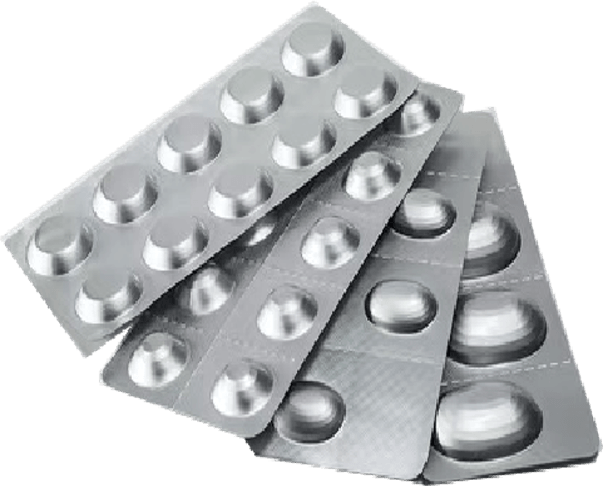
Flexible lamination is revolutionizing the packaging industry, particularly in the realm of medical packaging adhesives. This innovative approach provides a myriad of benefits that enhance product protection and usability. By combining various materials, flexible lamination creates a barrier that not only safeguards contents but also improves shelf life, making it essential for products like blister packs.
Benefits of Flexible Lamination
One of the most significant benefits of flexible lamination is its ability to extend the shelf life of products, especially in medical packaging where freshness is crucial. The use of advanced medical glue in these laminations ensures that seals remain intact, preventing contamination and degradation over time. Additionally, flexible lamination offers superior moisture resistance and puncture protection, which are vital for maintaining the integrity of sensitive items packed in blister packs.
Another advantage lies in its lightweight nature; flexible laminated materials reduce shipping costs while maintaining durability. This efficiency not only aids manufacturers but also contributes to sustainability efforts by minimizing material waste. Furthermore, customizable designs allow brands to differentiate their products on shelves, enhancing visibility and consumer appeal.
Industries Benefiting from Lamination
Various industries are reaping the rewards of flexible lamination technology—most notably healthcare and pharmaceuticals. Medical packaging adhesives play a pivotal role here; they ensure that blister packs containing medications remain secure and effective until they reach consumers. Beyond healthcare, sectors like food and cosmetics are also embracing this innovation for its protective qualities and aesthetic flexibility.
In the food industry, flexible lamination helps maintain freshness while providing an attractive presentation for consumers. Cosmetics companies benefit from eye-catching designs that enhance brand identity while ensuring product safety through reliable seals created with advanced adhesives. As these industries recognize the advantages offered by flexible lamination, their adoption continues to grow.
The Future of Flexible Packaging
The future looks bright for flexible packaging as advancements continue to emerge in adhesive technologies and materials science. With increasing consumer demand for sustainable options, manufacturers are exploring eco-friendly alternatives to traditional medical glue used in blister packs and other applications. Innovations such as biodegradable laminates could soon reshape how we think about packaging waste.
Moreover, ongoing research into smart packaging solutions could integrate features like moisture indicators or QR codes directly into laminated surfaces—enhancing user experience while maintaining product integrity with reliable medical packaging adhesives. As we look ahead, it’s clear that flexible lamination will be at the forefront of delivering both functionality and sustainability across various industries.
Chemix's Water-Based Resin Solution
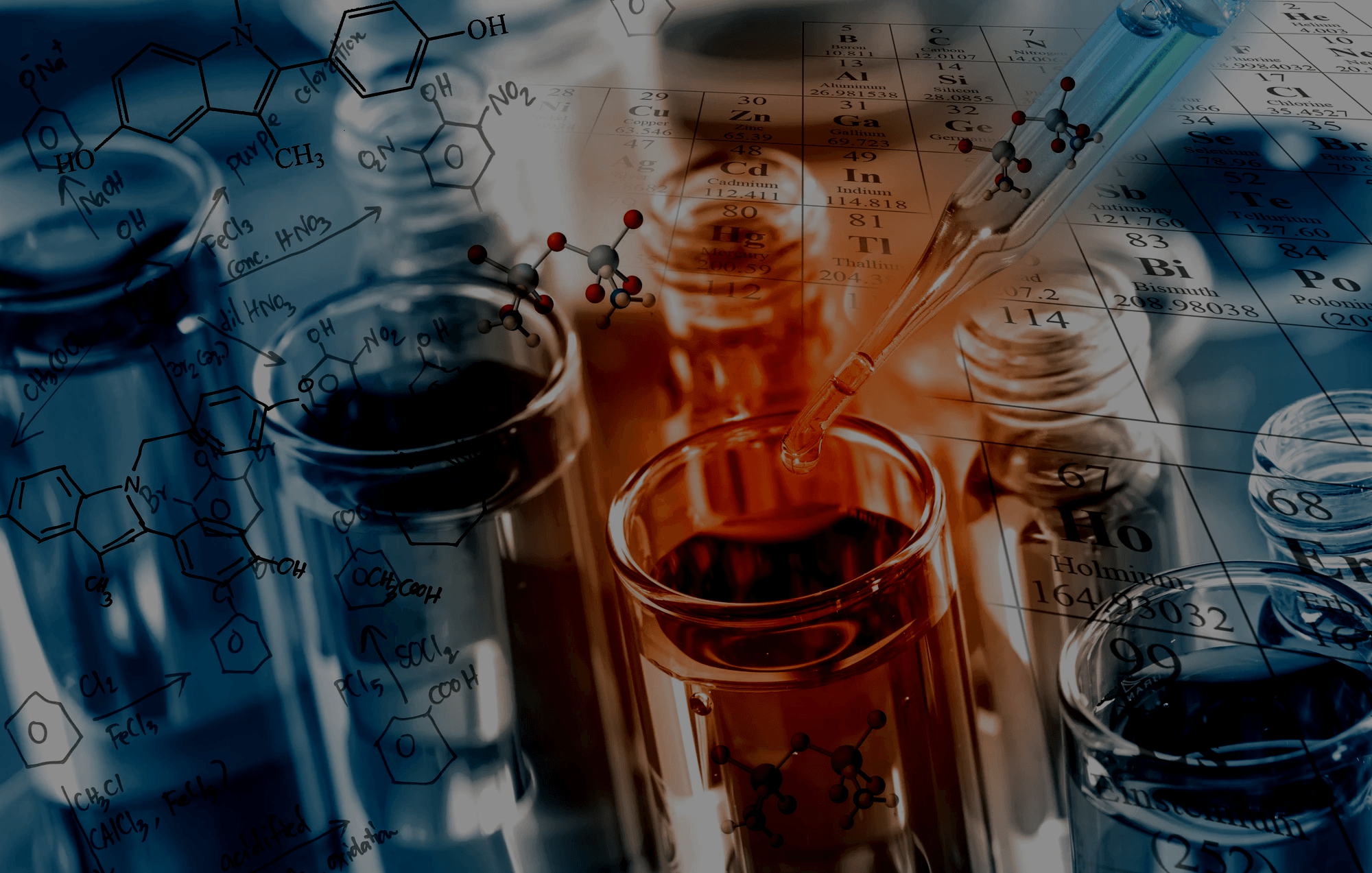
Chemix has made waves in the adhesive market with its innovative water-based resin solution. This unique formulation offers a versatile alternative to traditional adhesives, particularly in the realm of medical packaging adhesives and blister packs. By focusing on performance and safety, Chemix has created a product that meets the demanding needs of various industries while ensuring user-friendly application.
What Makes Water-Based Resin Unique
Water-based resin stands out due to its formulation that utilizes water as a primary solvent, making it less toxic compared to solvent-based counterparts. This characteristic makes it particularly appealing for applications involving medical glue, where safety and compliance are paramount. Moreover, this type of resin exhibits excellent adhesion properties specifically designed for blister pack adhesives, ensuring products remain securely packaged without compromising integrity.
Applications Across Various Industries
The versatility of Chemix's water-based resin extends across multiple sectors including healthcare, food packaging, and consumer goods. In medical packaging adhesives, it ensures that blister packs maintain their effectiveness in protecting sensitive products like pharmaceuticals or medical devices. Beyond healthcare, this adhesive finds applications in food packaging where safety and freshness are critical components in maintaining product quality.
Environmental Impact and Sustainability
One of the most compelling aspects of Chemix’s water-based resin is its commitment to sustainability. By reducing harmful emissions and utilizing eco-friendly materials, this adhesive contributes positively to environmental conservation efforts—an increasingly important factor for consumers today. The use of water as a solvent not only minimizes health risks associated with traditional medical glue but also aligns with global initiatives aimed at reducing plastic waste from blister packs.
Choosing the Right Adhesive
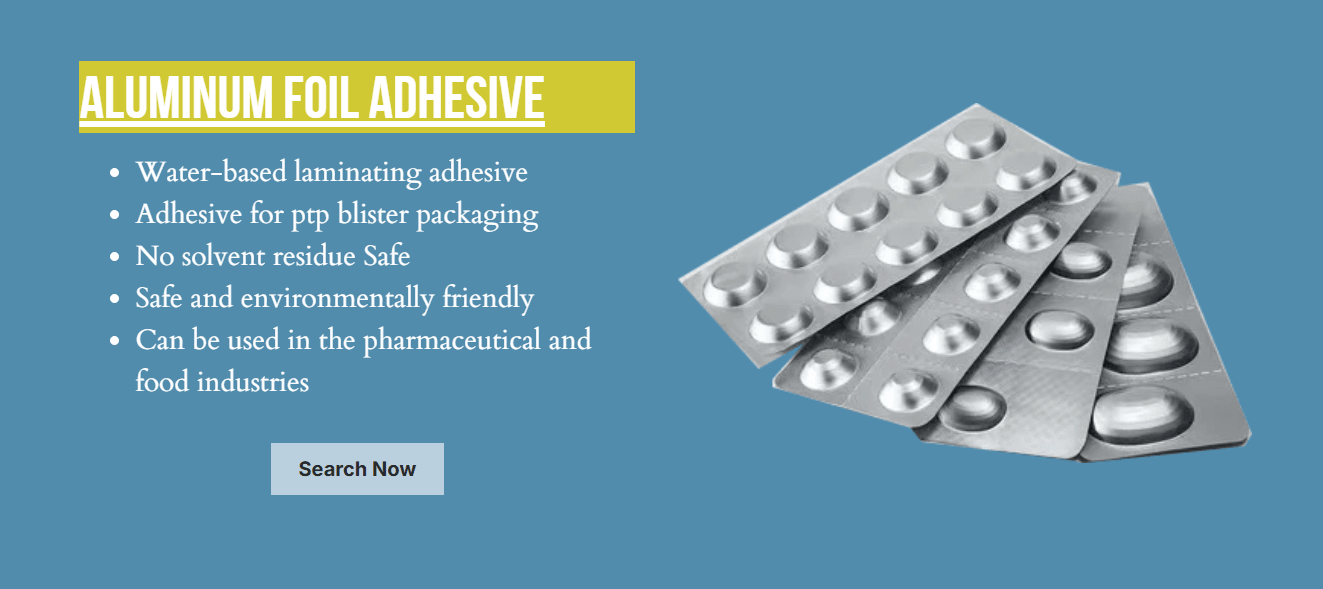
When it comes to selecting the right adhesive for your needs, particularly in the realm of medical packaging adhesives, the options can be overwhelming. Blister Pack Adhesives, designed for secure sealing and protection, are crucial in ensuring product integrity. Understanding what factors to consider can make all the difference between a successful application and a sticky situation.
Factors to Consider in Selection
Choosing an adhesive is like picking a partner; compatibility is key! First off, you need to evaluate the materials involved—are you working with plastic, paper, or perhaps something more exotic? Next on your checklist should be environmental considerations; will your chosen adhesive withstand temperature fluctuations or exposure to moisture? Lastly, think about regulatory compliance—especially vital for medical glue used in packaging that must meet stringent safety standards.
Performance vs. Cost Analysis
Let’s face it: while performance is paramount, cost cannot be ignored when selecting Blister Pack Adhesives. You want an adhesive that not only performs well but also fits within your budget constraints without compromising quality. Conducting a performance vs. cost analysis can help you determine if opting for premium medical packaging adhesives is worth the investment or if a more economical solution will suffice for your specific needs.
Customization Options Available
Customization can elevate your adhesive game from standard to standout! Many manufacturers offer tailored formulations of medical glue suitable for unique applications and specific substrates found in blister packs. Whether you need rapid curing times or enhanced flexibility, exploring these options ensures that you’ll find an adhesive that checks all boxes on your list—performance, cost-effectiveness, and adaptability.
Future Trends in Adhesive Technology

The adhesive technology landscape is rapidly evolving, with exciting innovations on the horizon that promise to revolutionize how we approach medical packaging. As we delve into the future, it's essential to consider how advancements in medical glue and blister pack adhesives will shape industry standards and consumer expectations. From enhanced formulations to smarter applications, the next wave of adhesives is set to transform packaging solutions across various sectors.
Innovations on the Horizon
Innovative developments in medical glue are paving the way for more efficient and effective blister packs. Researchers are focusing on creating adhesives that not only bond securely but also offer improved resistance to environmental factors like moisture and temperature fluctuations. These advancements will lead to blister pack adhesives that maintain product integrity while ensuring user safety, particularly in medical applications where reliability is paramount.
Moreover, smart adhesive technologies are emerging, integrating sensors that can detect changes in conditions or product integrity within blister packs. This means manufacturers could receive real-time data about their products’ conditions during transport and storage, allowing for proactive measures if issues arise. The future of adhesive technology is not just about bonding; it’s about creating intelligent systems that enhance overall performance.
Predictions for the Medical Glue Market
The medical glue market is poised for significant growth as healthcare demands evolve and new applications emerge within medical packaging adhesives. With an increasing focus on patient safety and compliance with regulatory standards, manufacturers are expected to invest heavily in research and development of advanced adhesive solutions tailored specifically for medical purposes. This trend points towards a future where customized formulations of medical glue become standard practice, ensuring optimal performance across diverse healthcare scenarios.
In addition, as telehealth continues to gain traction post-pandemic, there may be a surge in demand for home-use medical packaging adhesives designed for ease of use by patients themselves. This shift could lead to innovative designs within blister packs that facilitate self-administration while maintaining stringent safety standards. Overall, the outlook for the medical glue market indicates robust growth driven by technological advancements and changing consumer needs.
Growth in Eco-Friendly Alternatives
Sustainability is no longer just a buzzword; it’s becoming a critical factor influencing purchasing decisions across industries—including those relying on blister pack adhesives and other forms of medical packaging adhesives. As consumers become more environmentally conscious, there’s a growing demand for eco-friendly alternatives that minimize environmental impact without compromising performance or safety standards associated with traditional materials used in manufacturing these products.
Innovations such as bio-based adhesives derived from renewable resources are gaining traction as viable substitutes for conventional options—providing similar bonding capabilities while being less harmful to our planet. Furthermore, companies like Chemix are leading efforts toward developing water-based resin solutions that align with sustainability goals while still meeting rigorous industry requirements for efficacy in both general consumer products and specialized medical applications.
As we look ahead at these trends shaping adhesive technology's future—whether through innovations enhancing functionality or embracing sustainable practices—it’s clear that both manufacturers and consumers will benefit from these exciting developments transforming how we think about packing solutions today.
Conclusion
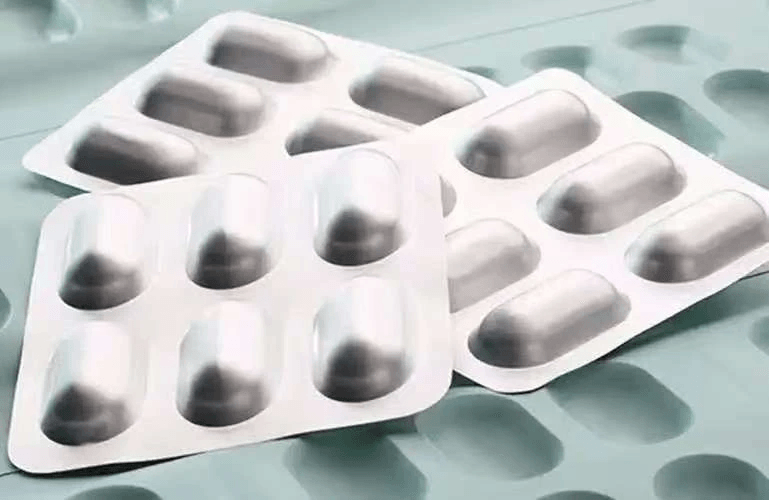
In summary, the world of adhesives, particularly in the context of blister pack adhesives and medical packaging, is both fascinating and essential. The advancements in flexible lamination have revolutionized how we think about packaging solutions, enhancing product protection and user convenience. As we’ve explored Chemix’s innovative approaches, it’s clear that the future holds exciting possibilities for medical glue applications and beyond.
Key Takeaways on Adhesives and Lamination
Adhesives play a pivotal role in ensuring the integrity of blister packs, safeguarding their contents from external elements while providing ease of access for consumers. The versatility of medical packaging adhesives not only enhances product shelf life but also elevates user experience through improved functionality. Ultimately, understanding these key components can lead to better choices in materials that meet both market demands and consumer needs.
The Importance of Sustainability in Packaging
In an era where environmental consciousness is paramount, the significance of sustainability in packaging cannot be overstated. By utilizing eco-friendly options like water-based resins, companies can reduce their carbon footprint while still delivering effective blister pack adhesives that meet stringent industry standards. Embracing sustainable practices not only benefits the planet but also appeals to a growing demographic that prioritizes environmentally responsible products.
Looking Ahead: The Future of Chemix Products
As we look toward the horizon, Chemix is poised to lead the charge in innovative adhesive solutions tailored for various industries including healthcare and consumer goods. With ongoing research into advanced formulations for medical glue, there’s potential for even greater efficiency and performance in medical packaging adhesives. This forward-thinking approach ensures that Chemix remains at the forefront of adhesive technology while championing sustainability as a core value.
